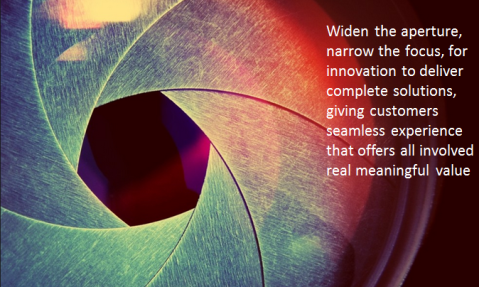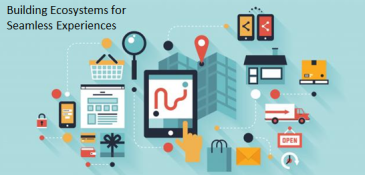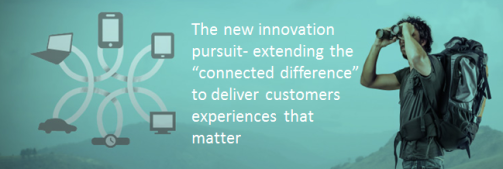
visual credit: www.janrain.com
We need to discover the new innovation pursuit; connecting, coherent and collaborative for customers to be provided seamless experiences
The pursuit of the ‘holy grail’ of business – is offering coherent, connected customer-facing solutions – will increasingly only be achieved through a combination effect of broader collaboration, working in ecosystems arrangements and coordinated through a platform design.
It is through this ‘combination effect’ there is further potential to deliver innovation that solves existing need or uncovers unmet ones that advance on the existing solutions in unexpected ways. Ones that can improve productivity, efficiency, and effectiveness, taking the complexity out of our existing lives, giving us new experiences we connect into and highly value for what they provide and solve. (think Apple, Social Networks, Amazon, Uber or AirBnB)
The whole combination of crowds, customers, collaborators, competition, and co-creators can define and reshape complete offerings that are often unthinkable when you are operating in individual ways, so the potential to achieve a different scale, access, and engagement can be made. In our view
Innovation ecosystems can radically alter the value proposition. Continue reading
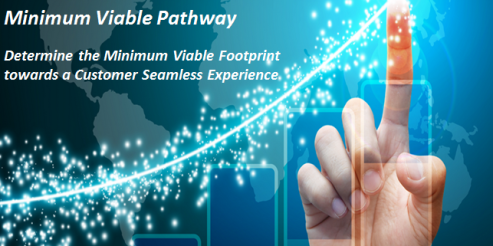 Throughout our blog posts about innovation, ecosystems and platforms, we’ve maintained one core theme: incremental, discrete product innovation will not create significant new revenues or disrupt markets.
Throughout our blog posts about innovation, ecosystems and platforms, we’ve maintained one core theme: incremental, discrete product innovation will not create significant new revenues or disrupt markets.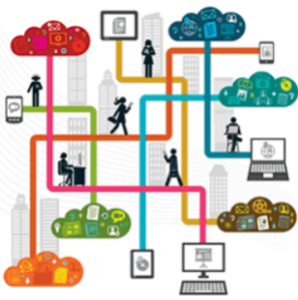 Through our discussions about innovation, ecosystems and seamless experiences we’ve highlighted the fact that 1)
Through our discussions about innovation, ecosystems and seamless experiences we’ve highlighted the fact that 1) 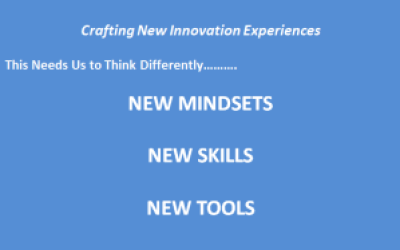 Our belief is that customer demand is changing. This will have a significant impact on the way organizations will have to adapt and change their innovation approaches in the future.
Our belief is that customer demand is changing. This will have a significant impact on the way organizations will have to adapt and change their innovation approaches in the future.